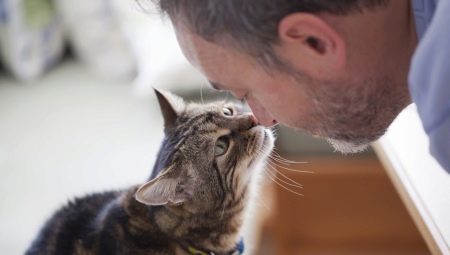They say that if pets spoke, people would lose their last friends. A person will never know whether this is actually so, because there is no hope of ever talking to your pet. However, communication with your pet is a common thing. Sometimes, turning to a cat, one gets the impression that she understands what is at stake.
Understand or not?
There are several opinions about whether cats are able to understand the phrases spoken by humans. Be that as it may, scientists have proved that the cat does not respond to words, but to the intonation with which the speech is made.

Felinologist Logan Forbes conducted an interesting experiment. Each time before visiting the veterinary clinic, she told the cat with the same intonation: "We are going to the vet." Unconsciously in an animal, this proposal began to be associated with unpleasant procedures, and the cat began to hide after hearing this phrase. As soon as the owner said the same words with a different intonation, the cat reacted indifferently to them.

Another unusual observation was also revealed: the cat adapts to the emotional background of the owner. According to some scientists, these animals also respond to gestures. Phonetic scientist Susanna Scheltz has proven that cats try to interact with people in a particular language. They catch the gestures and movements of the owner, remember them and adapt to his behavior.
For example, if you open a cupboard each time before feeding, the animal will appear in the kitchen every time, having caught the familiar sound of the door opening.
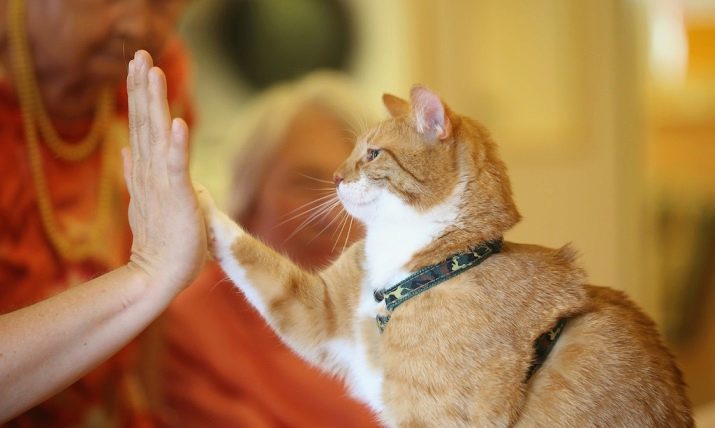
The words of the cat are unlikely to understand, but they feel from the voice of the owner what he wants to say. If a cat is trained and easily executes commands that its owner says, then it is unlikely that the same cat will respond to the same commands given by another person. Such stories are known, and they prove that the cats themselves do not distinguish the words, but they can understand the owner. Another experiment showed that the animal recognizes the voice of the owner.
When different people turned to the object of experience, including the owner, the cat responded to the voices of all participants in the experiment, but, upon hearing the owner’s voice, her pupils dilated, indicating a violent emotional reaction.
Veterinary specialist Anastasia Nikolina believes that the animal is able to remember a specific combination of sounds of human speech, so it can remember its nickname and respond to it.
There is even a version that cats have sensitive abilities and can telepathically determine the mood of the owner.

In general, it is generally accepted that these animals are not inclined to communicate with humans, because at one time they themselves came to human homes, they did not have to be tamed like dogs. They do not feel obligated to man. For example, most cats respond to their name only when they hear the sound of the food being opened, and in other cases, the pet cannot be dialed - he prefers not to provide service to the owner, but to come to him only at will.
Thus, cats intonation determine what the owner wants to say. If you pronounce various calls to the cat in an affectionate voice, then she will be happy, because she was addressed with tenderness in her voice.
If you scold the animal and call it in a rude, angry tone “sun,” “bunny” and other affectionate names, then the cat will perceive these phrases as anger at him from the owner.
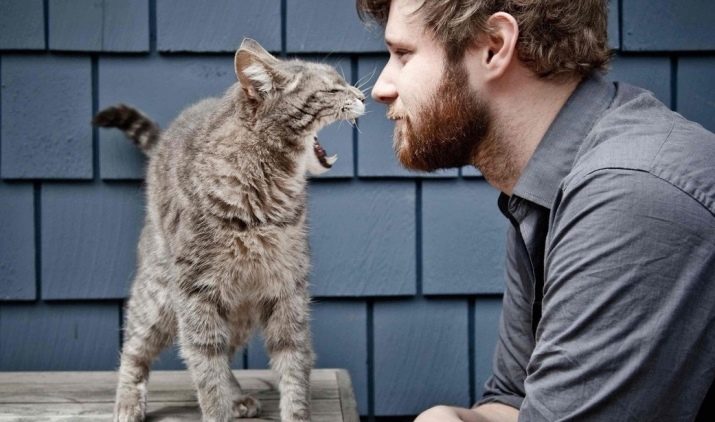
How to understand a cat?
There are several signs that indicate certain emotions of a pet.
- Seeing that the cat squinted his eyes, we can assume that she was tired and wants to take a nap.
- When the cat comes to the owner’s feet and starts to rub, it may mean that it is hungry. In the same way, animals express their love for the owner.
- The ears that rose clearly up indicate that the cat is interested in something. If his ears are pressed, then perhaps he wants to attack during the game or conflict.
- Wide-open eyes and rounded pupils indicate fear of a pet.
- Purring is a sign of good mood. Most likely, at this moment the animal is caressed, stroked or played with it.
- Uterine rumbling suggests that the pet is unhappy with something and demands to leave her alone.
- Hissing and an open mouth always indicate that the animal is threatening something, trying to scare it off. It’s better not to touch the pet at such a moment.
- Hearing the howl of a cat, we can assume that he expresses anger and frustration. Perhaps something did not work out for him, and thus he is annoyed.
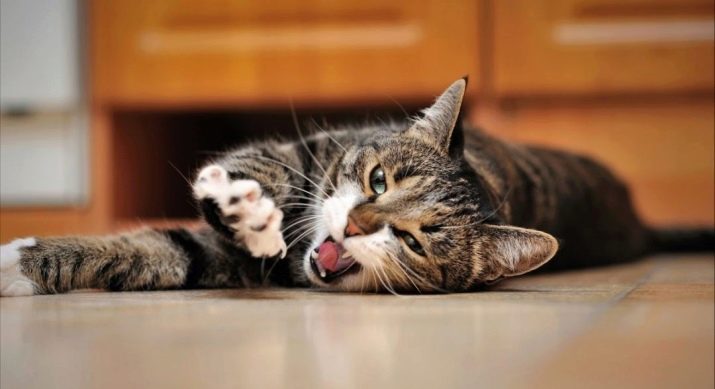
Usually the owners are well aware of the nature of their four-legged friend and understand him without the above symptoms. Each cat has its own characteristics. For example, there are cat-talkers who accompany all their actions with meowing or rumbling. A meeting at the owner’s door, a request to feed, a call to play - all these actions can be performed with a rumbling, so the cat communicates with the owner, and usually the owners know the meaning of different sounds in the pet’s voice.
There are other animals, for example, aristocratic silent cats, meowing of which can be achieved only in rare cases. Knowing the nature of the pet, an attentive owner will understand the emotions of the animal by its behavior.
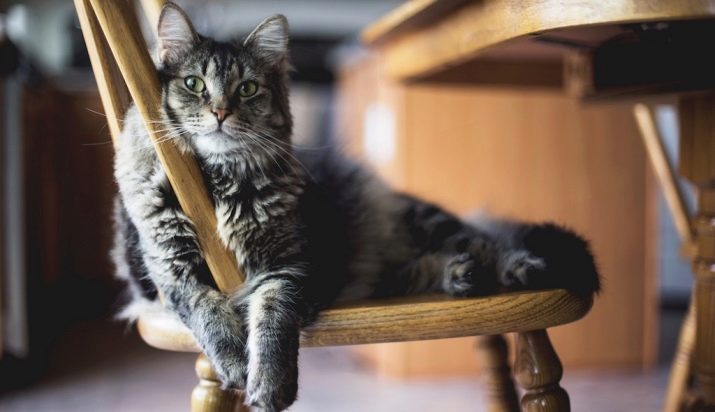
If it is noticed that the cat is sitting or lying with its mouth open, and the danger does not threaten it from anyone, then this indicates the physical pain that the cat is experiencing. Perhaps she was poisoned.A pet sitting near a bowl of water, trying to drink water, but not doing it, but just peering into the bowl, most likely caught a serious viral disease, such as panleukopenia.
In both of these cases, you must immediately bring the pet to the veterinarian.
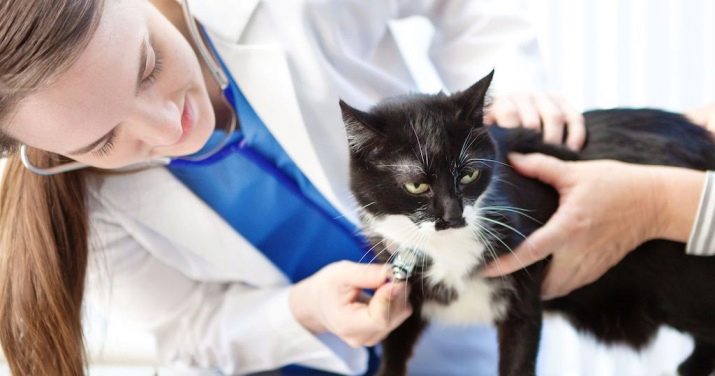
How to communicate?
In order for the animal to understand humans, the owner should learn some rules for communicating with cats. As already mentioned, cats hear words, but their semantic load is not clear to them. For example, according to some experiments of zoologists, these animals do not understand the word "no", so it makes no sense to wean a pet from some action with the help of this word.
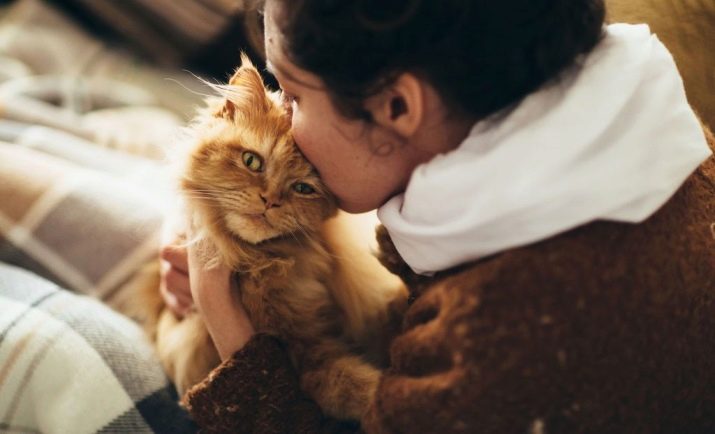
Below are other guidelines for getting in touch with your cat.
- Be sure to monitor the tone during communication. You should not raise your voice when talking with a home predator, as it responds to the mood of the owner, focusing on the tonality and volume of the pronounced phrases. Behave openly.
- When acquaintance with an unfamiliar animal, you need to squat down and slowly extend a hand towards it with an open palm pointing up. With this gesture, a person will show that there is nothing in his hand to threaten the cat. If the palm is down, the cat may perceive it as a threat.
- It has been proved that the most expressive gesture for a cat is a finger or finger raised up, stretched to the cat's face. Such a study was conducted with the participation of 40 cats. Experience has shown how these animals respond to human gestures. Thus, we can conclude that the cat can explain something by pointing to the desired item with your finger.
You can find out if cats understand human speech in the next video.
